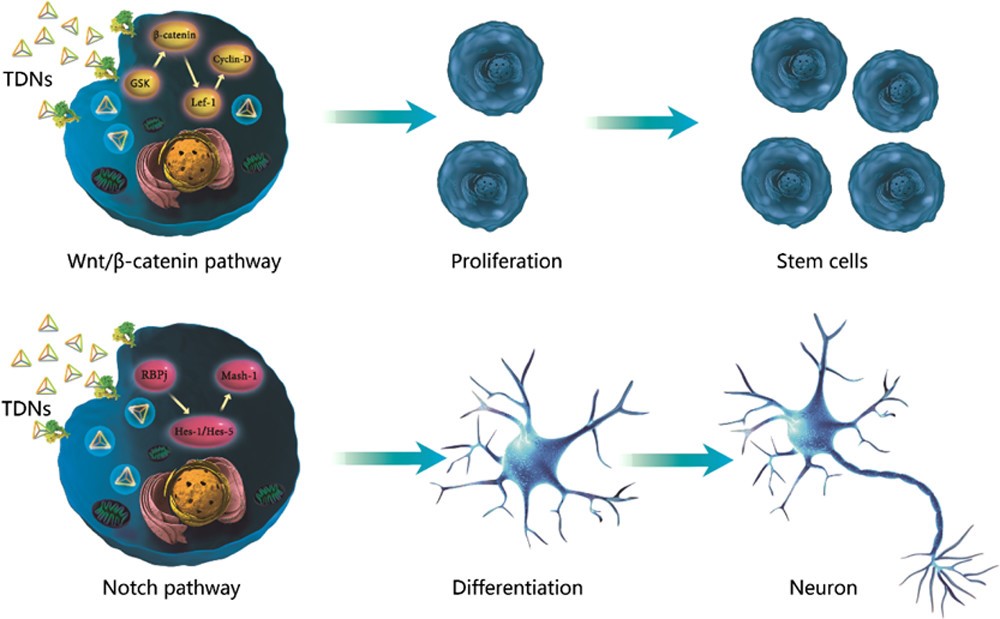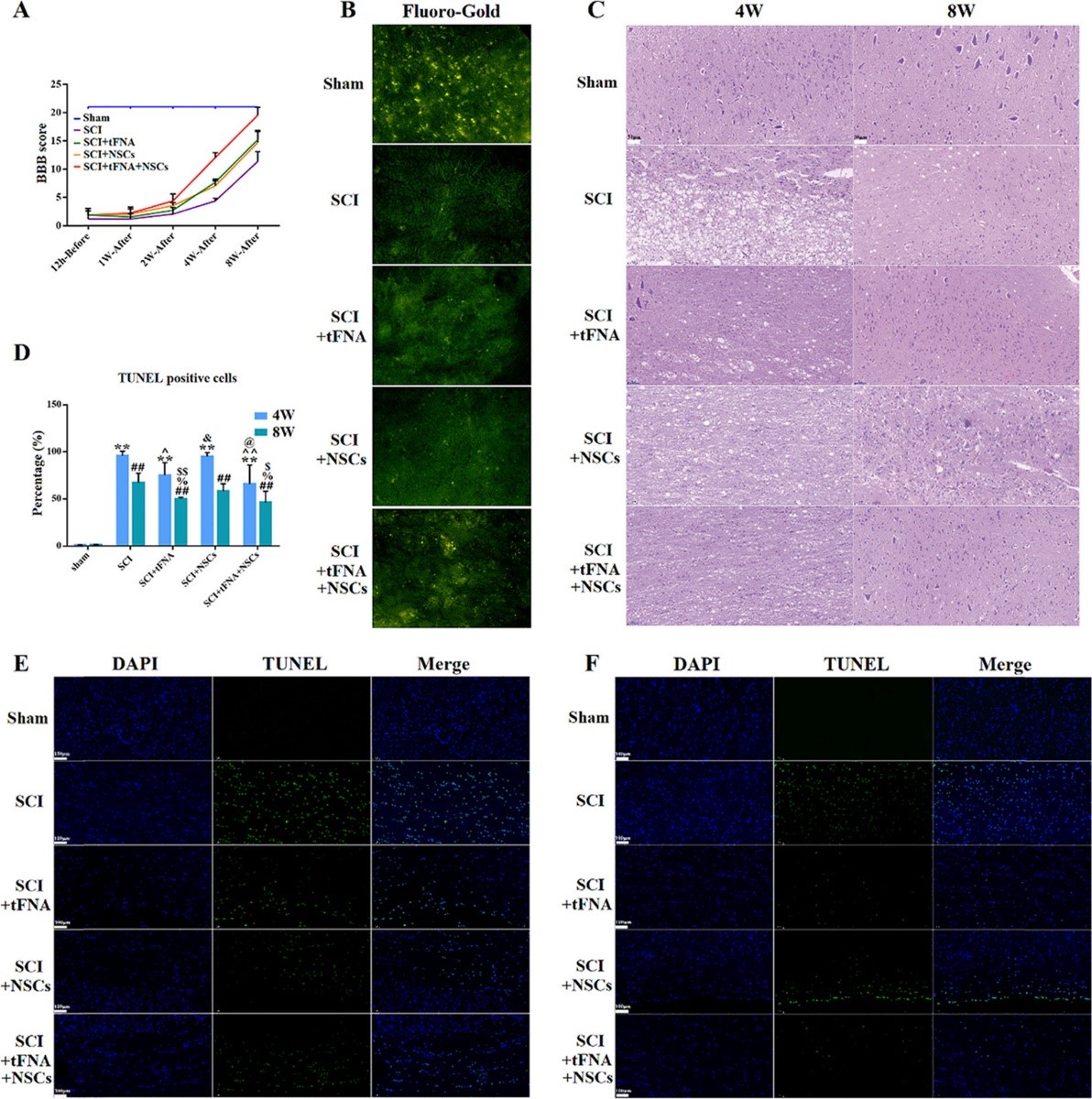The Application of Tetrahedral Framework Nucleic Acids in the Preparation of Neuroregenerative Drugs
2024-06-26
Background:
According to statistics, more than 3 billion people worldwide suffer from neurological disorders, and the total number of disabilities, diseases, and premature deaths caused by these disorders is increasing each year. Neurological diseases, such as neurodegenerative diseases, nerve injuries, and congenital neurodevelopmental disorders, face challenges such as limited treatment options and poor therapeutic outcomes. Nerve injuries, which include damage to both the central and peripheral nervous systems, vary in severity depending on the type of injury. Such injuries often lead to sensory and motor dysfunctions, significantly impacting daily life. Due to the difficulties in self-repair and regeneration of damaged nerve cells, neural stem cell (NSC) therapy has garnered increasing attention. Despite some technical challenges that need to be overcome for the clinical application of neural stem cell therapy, the most critical issue remains the inability of implanted neural stem cells to effectively proliferate, differentiate, and migrate to achieve nerve injury repair. Therefore, ensuring the survival of neural stem cells and promoting their proliferation, migration, and differentiation to effectively regenerate and repair damaged neural tissue is the main scientific problem addressed in this study.
Cutting-Edge Research Findings: Tetrahedral Framework Nucleic Acid Drugs with Neuroregenerative Effects
Transplanted neural stem cells hold significant potential and promising applications in the treatment of neurological diseases. Research has shown that neural stem cell transplantation therapy can effectively treat neurological disorders such as Alzheimer's disease, stroke, and spinal cord injuries. However, one of the major limitations of this therapy remains the low survival rate of transplanted neural stem cells, along with insufficient abilities for proliferation, migration, and differentiation into neurons. Enhancing the post-transplantation activity of neural stem cells and effectively promoting their proliferation, migration, and neuronal differentiation potential are crucial for improving the effectiveness of neural stem cell transplantation therapy.
Tetrahedral framework nucleic acids (tFNAs) are a novel type of DNA nanomaterial currently being extensively studied in the biomedical field, with significant potential for future applications. tFNAs are three-dimensional DNA nanostructures formed by the self-assembly of four single-stranded DNA molecules under specific conditions. The base sequences of these four DNA strands are precisely and cleverly designed according to the principle of complementary base pairing. tFNAs are easy to synthesize with high yield, exhibit better resistance to both specific and non-specific nucleases compared to ordinary linear DNA, and possess excellent biocompatibility, biosafety, and biodegradability.
Based on the above, our technical team explored the effects of tFNAs on the proliferation, migration, and neuronal differentiation of neural stem cells, and we combined tFNAs with neural stem cell transplantation for the treatment of spinal cord injuries.
Research Methods:
The synthesis of tetrahedral framework nucleic acids (tFNAs) was identified using AFM, TEM, and PAGE techniques. Confocal microscopy and flow cytometry were employed to assess the ability of tFNAs to enter neural stem cells. The effects of tFNAs on neural stem cell proliferation were evaluated using the CCK8 assay and flow cytometry. Additionally, qPCR and Western Blot (WB) were used to analyze the regulation of genes and proteins related to proliferation, migration, and neuronal differentiation of neural stem cells by tFNAs.
Experimental Results:
The technical team successfully synthesized tFNAs. These tFNAs were able to autonomously and abundantly enter neural stem cells while demonstrating good biosafety. The research results indicated that tFNAs effectively promoted the proliferation and migration abilities of neural stem cells. After differentiation induction, tFNAs significantly enhanced their differentiation into neurons. Furthermore, tFNAs effectively regulated the expression of genes and proteins associated with the proliferation, migration, and neuronal differentiation of neural stem cells.
Research Conclusion:
The tFNAs developed in this study were easily taken up by neural stem cells and significantly increased the proliferation, migration, and neuronal differentiation abilities of mouse neural stem cells. These tFNAs demonstrated excellent neuroregenerative capabilities and biocompatibility. The tFNAs could be used in the preparation of drugs for promoting nerve repair.
Published Literature:
ACS Appl Mater Interfaces. 2018;10(9):7892-7900, IF=9.5 doi:10.1021/acsami.8b00833




